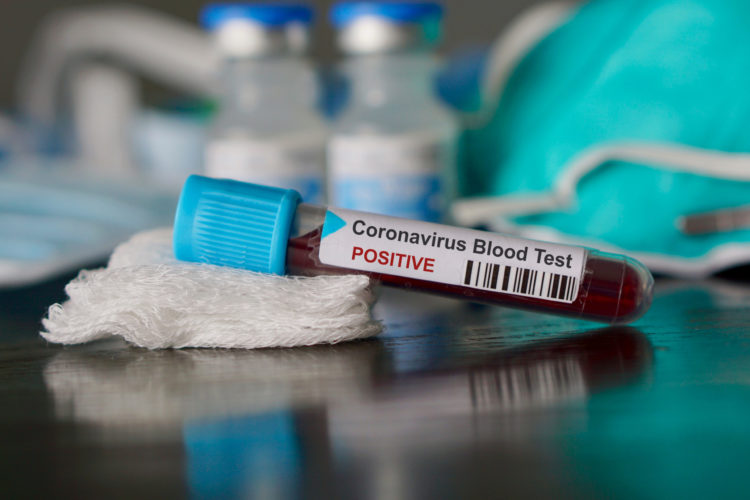Covid-19 study sheds light on transmission

Patients with Covid-19 have the highest levels of virus in the first five days and show no evidence of the live virus, which can cause infections, in the body nine days after symptoms begin, according to the most comprehensive study of the virus to date, led by the University of St Andrews.
The first systematic review of the three human coronaviruses showed that those infected with Covid-19 are most likely to be highly infectious in the first week (especially the first five days) after the onset of symptoms, reinforcing the need to identify and isolate cases early.
The study, published in The Lancet Microbe journal, was conducted by researchers from the University of St Andrews; the Western General Hospital, Edinburgh; University Hospital, Wishaw; the University of Edinburgh; Cotugno Hospital, Naples; and the University of Glasgow and mainly looked at hospitalised people infected with Covid-19.
The research examined the three key factors in controlling its spread: viral load (how the amount of the virus in the body changes through infection); viral RNA shedding (the length of time someone sheds viral genetic material – RNS); and isolation of the live virus (an indicator of infectiousness).
Lead author, Dr Muge Cevik of the School of Medicine at the University of St Andrews, said: “This is the first systematic review and meta-analysis that has comprehensively examined and compared viral load and shedding for these three human coronaviruses.
“It provides a clear explanation for why SARS-CoV-2 spreads more efficiently than SARS-CoV-1 and MERS-CoV and is so much more difficult to contain. People are most likely to pass on coronavirus within the first five days of having symptoms.
“Our findings are in line with contact tracing studies which suggest the majority of viral transmission events occur very early, and especially within the first five days after symptom onset, indicating the importance of self-isolation immediately after symptoms start.”
Dr Cevik also warned that it was vital to raise public awareness about the range of symptoms linked with the disease, including mild symptoms that may occur earlier on in the course of the infection than those that are more prominent like cough or fever, to enable immediate self-isolation.
The research team included 98 studies and trials and found the average length of time of viral RNA shedding from the body was 17 days, although the longest time for a patient to shed the virus was 60 days.
Dr Cevik added: “These findings suggest that in clinical practice, repeat PCR testing may not be needed to deem that a patient is no longer infectious, as this could remain positive for much longer and does not necessarily indicate they could pass on the virus to others. In patients with non-severe symptoms, their period of infectiousness could instead be counted as ten days from symptom onset.”
Unlike other coronaviruses (SARS and MERS), Covid-19 contains the highest viral load (when it is at its most dangerous) in the first five days; SARS and MERS peaked at 10 to 14 days and 7 to 10 days respectively.
This explains why transmission of these viruses can be effectively reduced by immediate identification, isolation and quarantine of people showing symptoms of the disease.
Dr Cevik added: “Supported isolation needs to be the norm going forward. Testing is not an intervention on its own if people are not able to self-isolate during the most infectious time period.
“At the moment, only one in five people are able to self-isolate in the UK. We need to identify the unmet needs and provide resources for people to follow the government rules – that might mean providing financial compensation or housing, if necessary, for isolation away from the family.”
The paper, ‘SARS-CoV, and MERS-CoV viral load dynamics, duration of viral shedding, and infectiousness: a systematic review and meta-analysis’, by Muge Cevik, Matthew Tate, Ollie Lloyd, Alberto Enrico Maraolo, Jenna Schafers and Antonia Ho is published in The Lancet Microbe and available online.
Please ensure that the paper’s DOI [https://doi.org/10.1016/S2666-5247(20)30172-5] is included in all online stories and social media posts and that The Lancet Microbe is credited as the source.
Issued by the University of St Andrews Communications Office.